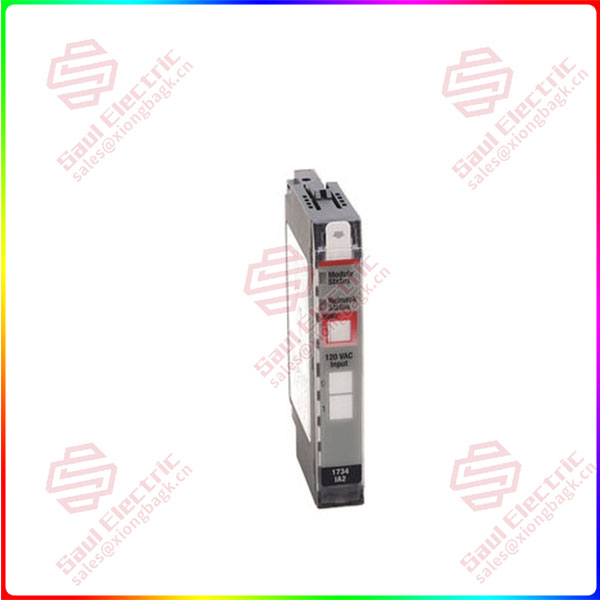Emerson has introduced the Micro Motion™ G Series Coriolis Mass flow and densimeter, the most compact two-tube Coriolis mass flowmeter on the market today. The high-precision G Series Coriolis flow and density meters offer the same quality and reliability as standard designs, but in a smaller and lighter form factor. Compared to conventional volumetric flow meters, the new flow meter can directly measure mass flow, independent of process temperature/pressure changes and advanced process and operating condition diagnostics.
Emerson also introduced the High Precision 4700 Coriolis transmitter, adding the ability to work directly with the high precision series Coriolis flow meter. This transmitter can be retrofitted to most existing high-precision sensors and can be ordered with all new flow meters, including the new high-precision G series. The combination of these two new products provides an ideal solution for applications in the chemical and other industries.

1734-IM41734-IM4
For chemical plants that need to improve safety and reduce energy consumption and emissions, high-precision G-Series flowmeters are a good choice. This series of flowmeters has Pressure Equipment Directive (PED) certification, safety integrity levels SIL 2 and SIL 3, and complies with NAMUR NE 132 guidelines. The sanitary flowmeter, which will be introduced in the first half of 2024, can be used in food and beverage, life sciences, and other applications requiring 3-A or European Sanitary Engineering and Design Organization (EHEDG) certification.
Although Coriolis flowmeters do not require upstream or downstream straight pipes like many other flow measurement technologies, the larger size of some models limits their use in tight Spaces. Emerson’s new flow meter solves this problem with a 1-inch diameter and less than 12-inch face spacing. The new product is not only compact in appearance, but also greatly reduced in weight, which improves the transportation, installation and safety of the product.
Communication and power supply options are also flexible, reducing installation costs and complexity. It can be connected to the host system via discrete signals and 4-20mA HART® signals, or via digital connections including Wi-Fi, Bluetooth® technology and Power over Ethernet (PoE) solutions. PoE schemes include Ethernet /IP, Modbus TCP or PROFINET. Each of these digital connections supports two-way communication of a variety of data, including process variables, diagnostics, status, configuration, and calibration data. This data can be used to perform proactive maintenance and enable digital transformation.
 1 Year Warranty
1 Year Warranty




